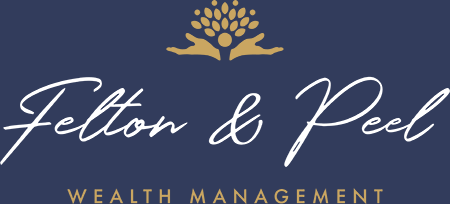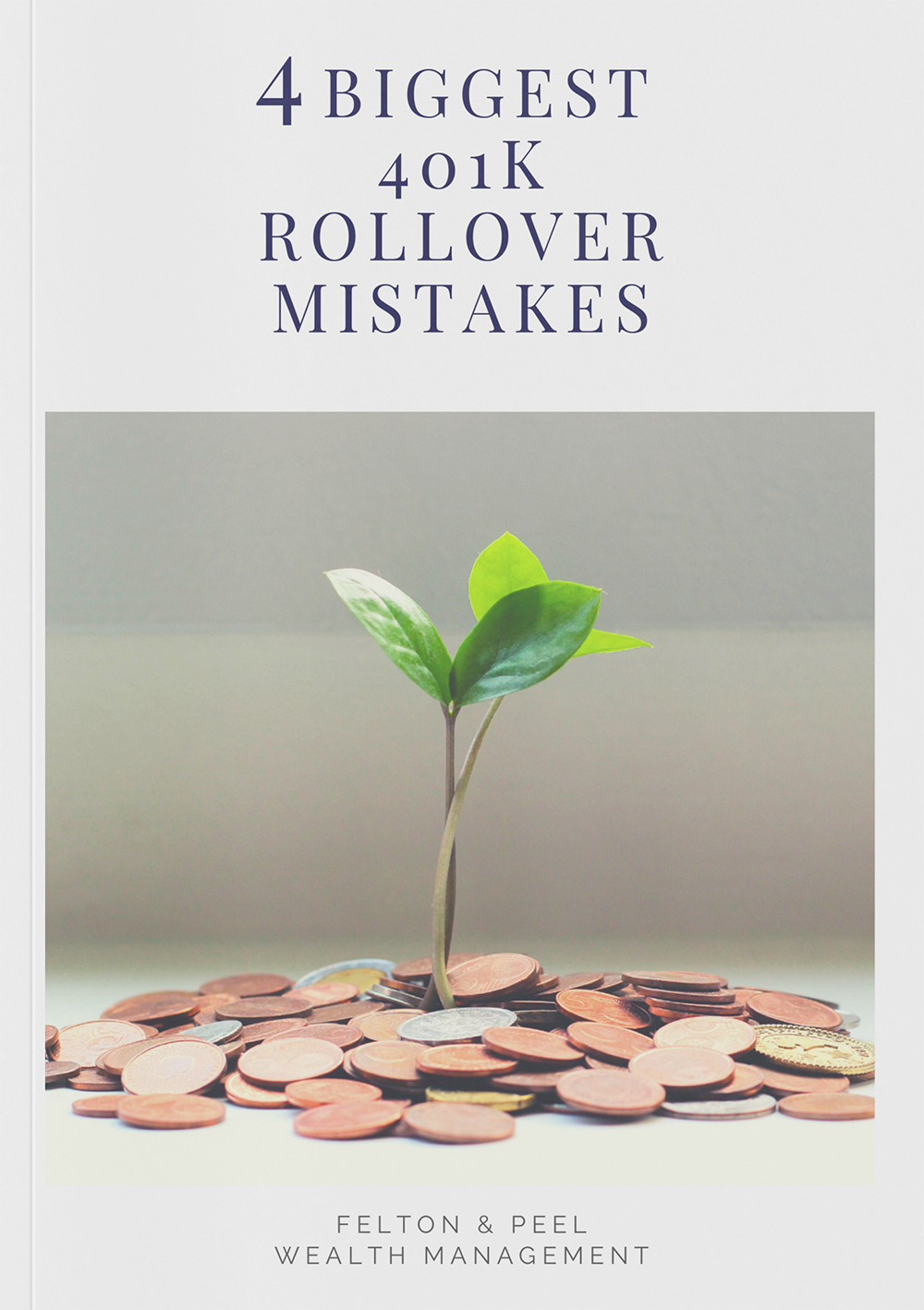
Donor-Advised Fund: How A “Poor Man’s Foundation” Saves You Money
Like many people we speak to, you may have heard the financial term “donor-advised fund”, but feel confused as to what these funds actually are. Are they solely reserved for the rich? How could they work for those with less savings? When do they constitute a viable financial strategy?
Unless you’re mega-wealthy, personal philanthropy may be low on your list of financial planning tactics. At least, it may have been—until December 2017, when we witnessed one of the biggest tax legislation changes in decades: the Tax Cuts and Jobs Act of 2017 (TCJA).
This change catapulted the already popular donor-advised fund, a relatively low-cost personal philanthropic strategy, to another level. It helped close the gap between your net worth, and your ability to make sustainable charitable contributions.
What is a Donor-Advised Fund, and Why Create One?
We in the financial planning world sometimes refer to a donor-advised fund, or DAF, as a “poor man’s foundation.” That’s because you can start and maintain a DAF for a fraction of the cost of other types of philanthropic vehicles.
Donor-advised funds are typically established through another sponsoring charity, such as Fidelity Investments, Charles Schwab, Vanguard, or your local community foundation. DAFs have a number of attractive aspects, which is why they were fairly popular to begin with.
You can start a donor-advised fund with as little as $5,000—not quite so “poor,” after all, but much less startup capital than many other options.
Donor-advised funds carry no required tax filings or returns and no minimum payout requirements, unless otherwise set by the charity. Administration and investment management is provided by the sponsoring charity and, last but not least, DAFs get public charity status. This means cash contributions are capped at 60% of the AGI (as opposed to 30% for appreciated stock and property).
How TCJA Boosted the Popularity of Donor-Advised Funds
Given their relatively low barrier to entry and ample benefits, it’s no surprise that donor-advised funds were already pretty common. But a few key elements of the recent Tax Cuts and Jobs Act change added some serious tailwinds to the DAF strategy.
The huge increases in standard deductions disqualified a lot of people from itemizing on their taxes. This is how most people historically took the charitable deduction. The act also placed a $10,000 cap on state and local taxes—which doesn’t help with qualifying for itemizing—and eliminated the miscellaneous itemized deductions. (Yet another hurdle.)
Therefore, the average taxpayer is usually left with only the most commonly itemized deductions: mortgage interest, state and local taxes, and—drum roll please—charitable contributions.
With all of the uncertainty surrounding the new tax code, and even tax professionals and the IRS itself trying to make sense of it, taxpayers found a safe haven in donor-advised funds.
With this in mind, one could theoretically open up a donor-advised fund now and receive a tax deduction in this current year, even before figuring out which charity to disburse the funds to. Not bad, huh?!
Donor-Advised Fund: A Solid Taxpayer Tactic?
There’s no doubt that creating a donor-advised fund is a clever financial strategy, especially given the changes wrought by the TCJA. But like any quasi-loophole, the DAF may land in the government’s crosshairs since some taxpayers are taking advantage of its lack of minimum distribution rules.
As with all financial planning opportunities, it’s important you form a well-rounded understanding of the option at hand. One of the greatest tools to supporting your wealth is financial literacy.
So to help you get the clearest sense of what’s going on with donor-advised funds, you want to follow the money—just as in any good detective movie. Do your homework before jumping into anything. Or better yet, seek out the services and the trusted guidance of a financial professional.
According to the National Philanthropic Trust, there were 284,965 donor-advised funds in 2016, which held $85.15 billion in assets. So if the current theory is right and we see a huge spike in donor-advised fund numbers, it would be no surprise if the government implemented stricter regulations in the future.
Still, my time as a Chartered Advisor in Philanthropy® has taught me one thing for sure: the average donor does not site tax avoidance as a motivating factor for giving. So as long as you’re creating a DAF with the right heart and motives, you should be just fine—both fiscally and otherwise.
Moving Forward with Confidence
In today’s world, it feels increasingly important that we take the time and consideration to support causes we care about. Though DAFs may make charitable giving feel a little less off-the-cuff, and a little more expertly guided, it in no way diminishes the clear benefits there are to be had, for all parties involved.
When implemented correctly, DAFs can help you teach valuable and lasting financial lessons that span generations, inclusive of those who may grow up to be of less wealthy means. They can make charitable giving fun and educational for the whole family, and help you leave a lasting legacy that continues to impart your values throughout the years.
If you would like to discuss donor-advised funds with a financial professional, we’d welcome the chance to chat. Get in touch today to learn more about your options.







